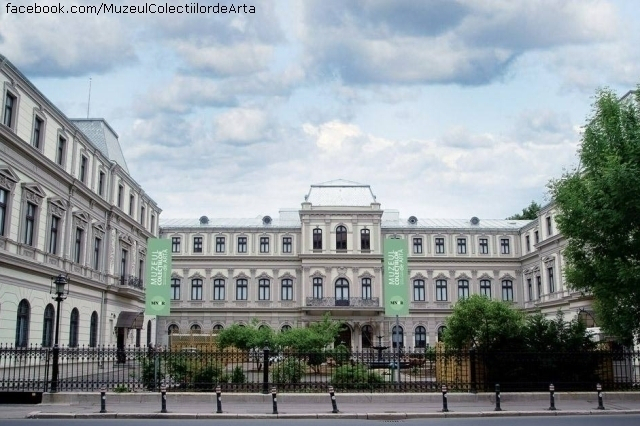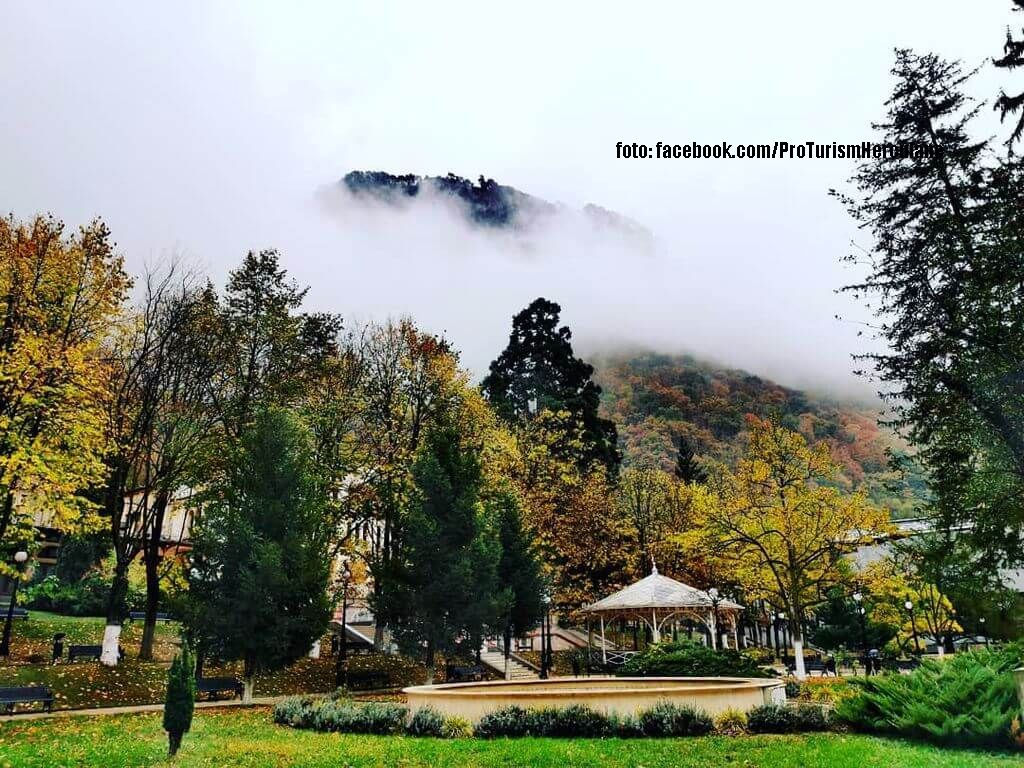Romanian and European Art in Virtual Tours
We continue our virtual tours of the art world with the Museum of Art Collections

Christine Leșcu, 07.05.2020, 14:00
Today we continue our virtual tours of the art world with the Museum of Art Collections, found on Victoria Road in the center of Bucharest, built in the late 19th century, and which has preserved its layout, with three distinct sections. Here is Georgiana Iacob, from the Education, Communication, and Cultural Projects section of the National Art Museum of Romania:
“Following the virtual tour, you can get a general image of the Romanian collections from between the wars. You can see Romanian art, but not only that. I could mention the impressive collections of Romanian paintings, such as the Dona collection, one of the most important, which contains an impressive number of paintings signed by Nicolae Grigorescu. Orientalism was a very important and interesting trend in this period. A lot of collectors were attracted by everything Oriental, be it areas of Islamic influence or far away Japan. We have works by the Avakian brothers, Hrandt, and Beatrice, but also a superb Arabian chamber in the collection of diplomat Marcu Beza. In this palace we also have important monograph collections. I would recall the collection of paintings by Corneliu Baba, showcasing the later period in the artists creation. This collection came into the museums collection in 2009, donated by the artists wife, and emphasizes this later period, a very important period of transformation.”
You can also admire there the collections called Mad Kings and Terrors, and, of course, portraits and self-portraits. You can see the portraits of the wife, the self-portraits by the artist, and many others. Here is Georgiana Iacob:
“Of the monograph collections I would also recall the ones dedicated to Iosif Iser, well represented in the Weinberg collection too. Also, Micaela Eleutheriade sau Lucia Demetriade-Bălăcescu are representatives of the feminist movement in inter-war Romanian art. Ample collections from their creation are exhibited in the museum. As part of the virtual tour, we recommend perusing the catalog, which, exceptionally during this period, is displayed on the museum website. The catalog offers additional information about each collection and collector, being also adorned with ample illustrations that you can check out as part of the virtual tour.”
The Zambaccian Museum and the Theodor Pallady museum are two smaller museums. Each of them is built around a single collection. We will start with the Zambaccian Museum. Here is Georgiana Iacob once again:
“This collection, gathered mainly during the inter-war period by famous collector Krikor Zambaccian, presents one of the best panoramas in inter-war Romanian art, and not only. In addition to major names in Romanian art, such as Nicolae Grigorescu, Ștefan Luchian, Tonitza, Pallady sau Petrașcu, Zambaccian was also interested in French art. Even though the French painting collection is fairly small, it does include famous names like Paul Cézanne, Camille Pissarro, Pierre Bonnard, and Albert Marquet. You are invited to see how far the collectors interest in French art went, but at the same time admire during this tour the inside of his home, a house built precisely to house the collection that could be visited during his lifetime.”
The Zambaccian Museum building was erected in the late 40s, and expanded as the collection needed more and more space. The ground floor is generous, with a wide spanning room with Spanish and Italian fine furniture, and an impressive fireplace. The doors are not traditional, they dont open to one side and the other, they slide into the wall, in order to not take up space from the exhibits. Here is Georgiana Iacob, from the Education, Communication, and Cultural Projects section of the National Art Museum of Romania:
“The last room on the ground floor is dedicated to Luchian, it has a special round window to create diffuse light, very proper for highlighting his works of art. Also on the ground floor you can find one of the most beautiful rooms in the building, the collectors office cum library, with works by Theodor Pallady. The upper floor has a series of smaller rooms, which used to be the family bedrooms, which are now exhibition rooms. The connecting corridors, where the light is not so strong as to overcome the exhibits, are dedicated to drawings. Also on the upper floor there are two smaller rooms dedicated to French art.”
The last tour is that of the Theodor Pallady Museum, a special museum, because it doesnt tell just one story, but three. The first is the story of the Melik House, which seems to be the oldest inhabited house in Bucharest. Thanks to this tour, you can see not only the exterior of this building, but also the interior: the staircase, the foyer, which grants access to the side rooms, and the beautiful enclosed porch, specific to the architecture of yore. Here is Georgiana Iacob:
“The second story is that of Theodor Pallady, who is showcased here in his French period. There are some oil paintings and an impressive collections of around 800 drawings, made by the artist when he was living in Paris. These drawings are a nice stroll through inter-war Paris, a Paris that the artist loved a lot. The works are special because they stayed in the artists workshop when he returned to Romania for what he believed would be a short time. Unfortunately, he was never to return to the French capital. The third story is that of Gheorghe Raut, a friend that Pallady had in Paris, who stayed in the same building in Place Dauphine. He was a banker and a great lover of fine art, a passionate collector. In the late 60s and early 70s he decided to donate a art of his art collection to the Romanian state. Basically, the Pallady Museum represents this very heterogeneous collection that was added to the works by the Romanian artist that he was sheltering. The Gheorghe Raut collection is representative of the concerns of the collector, European and Oriental art.”
Seeing art in reality is a unique experience, but until the gates of the National Art Museum open, you can resort to the virtual tours and on-line catalogs to enjoy these gems.






























